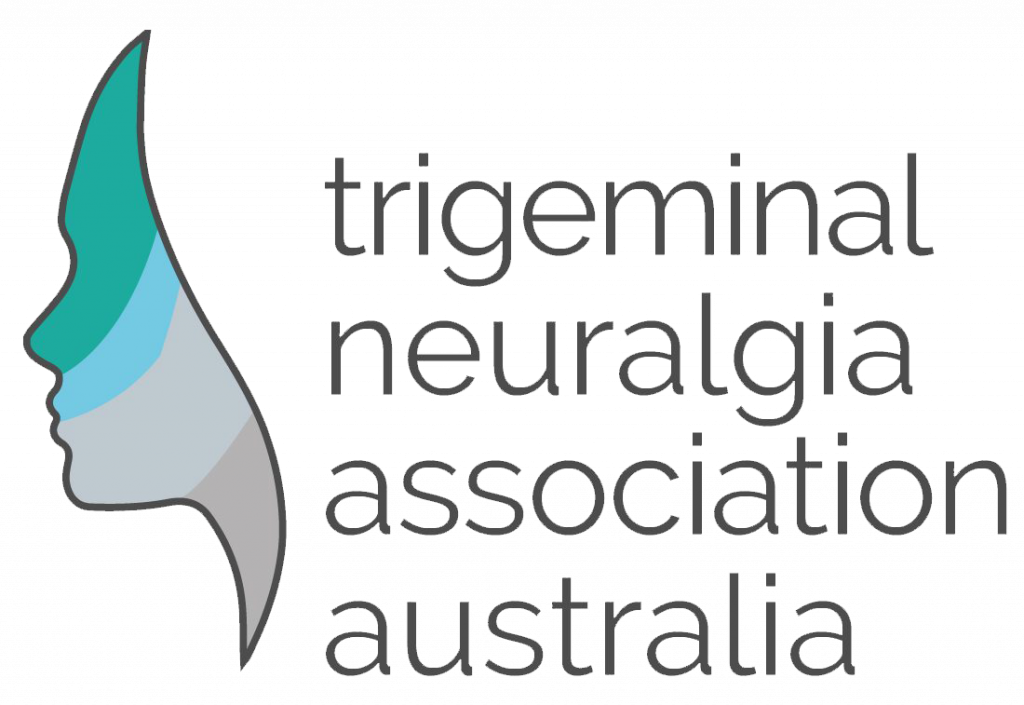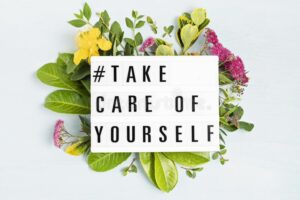Thinking and Depression: Changing Negative Thought Patterns
Pain and the problems associated with pain – sleep disturbance, limitations, losses, conflict, and stressful circumstances – can all negatively affect how you think about yourself, others, and your world. Negative thinking can contribute to depressive feelings.
Life Events (injury/pain) —> Thoughts, Interpretations —> Feelings
If life events like an injury and other pain-related circumstances are distorted and misinterpreted in a negative way, this can lead to a depressed mood. A depressed mood is feelings of sadness or emptiness that linger all the time throughout your days for at least two weeks.
For example:
Event:
You overdo an activity and experience a pain flare-up.
Thoughts:
- “I must have re-injured myself. Maybe this pain is from a whole new injury. It seems that whenever I get active, I end up harming myself all over again” (Hurt vs. Harm Interpretations of Pain).
- “I’m going to give up all my activities so that I don’t harm myself anymore” (All or Nothing Thinking).
- “I’m never going to get better. I could end up in a wheelchair” (Catastrophizing).
Mood:
Discouraged, down, hopeless; this depressed mood can then lead to more depressive thinking, which continues the vicious cycle between pain and mood.
Some thinking tends to increase pain. For example, negative thoughts, images, and feelings can actually make pain feel worse.
Thought:
“I can’t take this headache any longer!”
Image:
“A vice crushing my head.”
Feeling:
Hopelessness.
Changing Negative Thought Patterns
Here are some ideas about how to change the negative thinking patterns that lead to depression. There are other approaches to altering negative thought patterns, but these ideas will get you started:
- Train yourself to recognize your negative thought patterns and write them down (a cognitive therapist can help you with this).
- Learn how these thoughts are distorted.
- Practice ‘talking back’ to your negative thoughts – challenge them and ‘gather evidence’ against them.
- Replace them with positive coping thoughts and images:
Thought:
“I’ll use a strategy I’ve learned, e.g. rapid self-calming with breath work, to deal with this. I’ll try to keep the pain at a manageable level. I’ve withstood worse than this.”
Image:
A peaceful scene; a place you love to be; an imaginary adventure, or foreign travel.
Feeling:
Calmness, self-nurturance, satisfaction with your efforts to cope.
Here are some questions that will help you to effectively challenge any negative thought patterns:
- What is the evidence for or against this idea? Where is the logic? Are my judgments based on feelings and past experiences rather than the facts of this situation?
- Am I oversimplifying a cause-and-effect relationship?
- Am I confusing a habit with a fact?
- Am I confusing my version of the facts with the facts as they are?
- Am I thinking in all-or-nothing terms?
- Am I using words or phrases that are extreme or exaggerated? (e.g. can’t, must, every time, should, need, never, forever, always)
- Am I taking selected examples out of context?
- Am I thinking in terms of certainties instead of probabilities? Am I confusing a low probability with a high probability?
- Am I focusing on irrelevant factors?
If You Feel Depressed
Tell someone you trust.
Join Live Plan Be’s supportive forum to benefit from the wisdom of others who have chronic pain and depression – and share some of the helpful things you have learned. Or find a support group near you. Pain and depression both tend to ‘disappear’ you and disconnect you from others, so do the opposite in small steps.
Book a counselling session
Book a ‘counseling session’ appointment (usually 10-15 minutes) with your physician if your emotional life is taking a turn for the worse. You will learn about medications that lessen depression but also pain and sleep disturbance at the same time. Ask about side effects. Seek specific medication advice about greater nighttime pain control in order to obtain a deeper sleep. Medication and self-management activities can also help each other. You can also book a few counseling sessions at your local mental health centre.
Learn self-management strategies
Learn about pain self-management strategies from Live Plan Be’s educational material. Learning to ‘put a muffler on your pain’ will benefit your mood. For example, learn about pain distancing, compassionate self-talk when in pain, gentle movement routines despite pain, pacing to prevent pain flare-ups, hurt vs. harm pain interpretations, and rapid self-calming strategies during pain flare-ups.
Get better quality sleep
Learn about how to get a better night’s sleep. Review the Live Plan Be sleep module for tips and resources. Ask your physician about how to get a better night’s rest. Getting better sleep tends to improve mood and stamina for self-management activities.
Make a plan
Use Live Plan Be’s action planning tools to make some goals about daily activities that increase your interest, enjoyment, or sense of accomplishment but without repeated pain flare-ups. You can also target activities that you miss or avoid now. Make these activity goals small and manageable. For example, go for a short walk, especially with a friend. Go to your local aquatic centre to enjoy the weightlessness of moving and floating in the water, then go to the hot tub and let go of all bodily tension. These are mood-boosting activities. Incorporate these activities into your daily routines. Show these goals to your physician at your next visit. Discuss them with a friend and make some goals for social activities – an especially powerful mood booster.
Focus on positive thought patterns
Review the information on Changing Negative Thought Patterns above. Thinking patterns affect mood for better or worse, and you can learn how to manage these more effectively.
Go for a massage
Go for a few gentle massage sessions from a Registered Massage Therapist in your area. People with chronic pain and depression often feel alienated from their own bodies. They become ‘the untouchables.’ Massage not only provides professional touch but the release of bodily tension that often accompanies depression.
Take advantage of available resources
In British Columbia, try the free Bounce Back program for depression online. This program will connect you with a real person who will walk you through a cognitive-behavioural self-management approach to depression using a DVD.
This article and other helpful educational links, stories, articles and research van be found on the below website
https://www.liveplanbe.ca/pain-education






